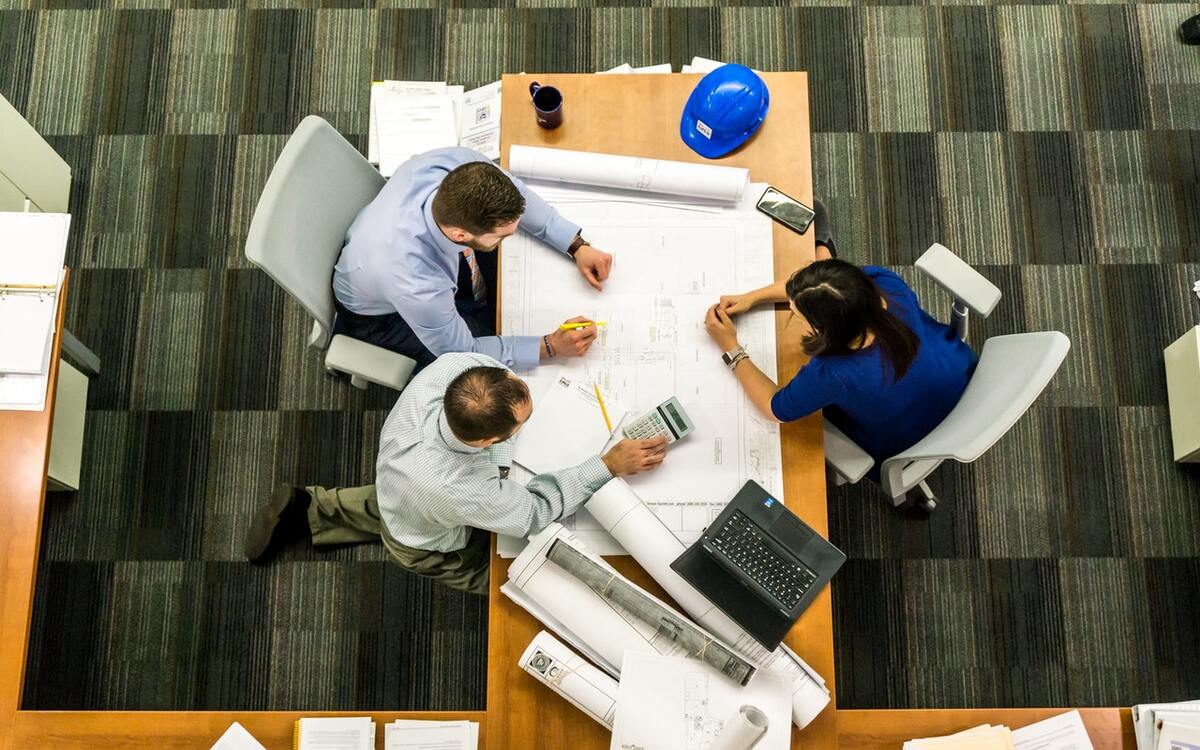Why Team Buy-In Matters for Green Construction

Businesses are adopting sustainable practices to meet eco-conscious consumers’ demands. Building companies can adhere to government regulations and enhance their customer appeal by adopting green technology and processes.
Many work towards attaining eco-friendly business certifications, enhancing their transparency. You can qualify for the labels when all employees get on board and alter their practices. Team buy-in is essential to the success and efficiency of sustainable companies, however. Here’s why.
Ecological Challenges in Construction
The construction industry generates a significant amount of surface and atmospheric pollution. When companies utilize emission-generating machinery, toxic materials, and debris-heavy demolition practices, they decrease their sustainability. The building and construction industry produces 39% of global greenhouse gas emissions, substantially fueling climate change.
High-polluting technologies and materials also decrease worker safety by exposing them to toxic elements. Though the government regulates few building materials, a company can eliminate its use of harm-generating products. Many aspects of construction that create adverse health effects also impact the environment.
Enhancing Communication and Awareness
Some employees may feel opposed to the transition to sustainable construction practices. To cultivate buy-in, before mandating a change, it is essential to discuss the benefits of eco-friendly alterations effectively. Facilitating successful communication is challenging in some settings, and companies need to prepare first.
Before gathering employees for a discussion, facilitators should thoroughly research the pros and cons of adopting sustainable practices. They should feel prepared to answer all potential questions and address concerns. Then the facilitator can find a meeting time that works for all employees in a distraction-free zone.
It would help if you additionally worked on developing your employees' trust. Once you create an honest relationship, you can adequately convey the transition's worker benefits. Using transparency and honesty in your presentation can effectively generate trust.
Setting Key Metrics and Tracking Progress
Companies can ensure the efficiency and success of sustainable practices by creating accountability. You can facilitate accountability by setting goals with your employees rather than for them. Additionally, the company should provide its workers with all the necessary resources for success.
Employers can also hire site managers to track the progress and efficiency of a construction site. When you set firm expectations, and an employee disregards them, you can mark them down on a compliance scale. If they reach a certain number, they may face a consequence.
You can also generate a digital checklist, ensuring an employee's use of sustainable products and machinery. After they utilize the system, they can mark it off as complete digitally and provide evidence. Some practices work better than others depending on the team, and it is crucial to evaluate the approach with your workers.
Adding Efficiency Technology
Construction can increase a worker's risk for health hazards, like electrical shocks and falls. When utilizing human power, ensuring flawless machinery use every time is impossible. Employees make mistakes that lead to adverse and sometimes deadly effects.
Adequately inspecting and maintaining machinery can reduce malfunctions and injury on the job. Utilizing autonomous technology can also increase the safety and efficiency of a project. Unlike humans, programmed machines virtually never make mistakes.
As eco-consumer demands rise, solar purchases and installations increase. Unfortunately, rooftop installations are one of the riskiest construction practices in the industry. 2018 saw 320 falling-related deaths in construction, out of a total of more than 1,000 fatal incidents.
Companies can decrease the risk of death and injury by utilizing autonomous technology. Workers can use drones to aid with installation and maintenance. Employees can safely operate the device from the ground, decreasing error and injury while accessing essential information.
Advanced Materials
Individuals can also use technologically advanced materials, optimizing the efficiency and safety of construction projects. Many companies use spray foam insulation, generating air pollution and adverse human health effects. When inhaled, employees can develop breathing complications or experience asthma attacks.
The material also generates skin and eye irritation. Researchers evaluated the safety risks associated with conventional insulation materials and produced a sustainable alternative. Cellulose insulation is made from recycled newspapers treated with flame retardants and can help decrease surface pollution and emissions.
It is more effective at insulating a home than other materials and improves safety on construction sites. Transitioning from spray foam insulation to cellulose may take additional training, and workers are more inclined to cooperate when they understand the benefits.
Ultimately, utilizing eco-friendly products and appliances in construction also improves business success by boosting efficiency and generating a higher customer appeal.
Green Building is a Team Effort
When you begin developing an eco-friendly construction company, all parties must participate and remain on the same page. You can effectively lower emissions and improve worker safety by keeping open communication channels. Providing your employees with a safe place to provide feedback is essential.
You can evaluate challenges through a transition and enhance buy-in by listening to your workers. Employees experience more happiness and perform more efficiently in a position where they feel heard. Creating a team that works together and communicates successfully can enhance the success and sustainability of any job.



